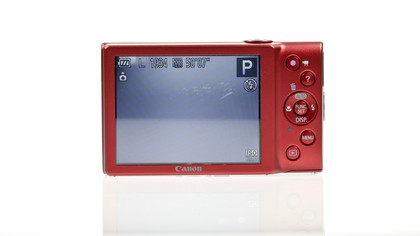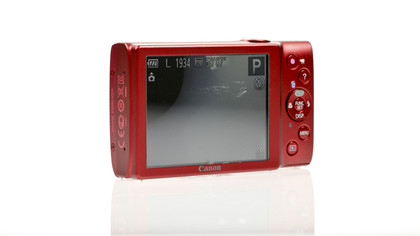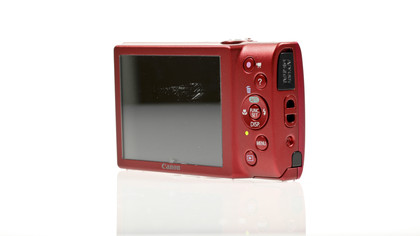Why you can trust TechRadar
Initially, the Canon PowerShot A4000 IS seems quite a keen performer. In our tests, it took around 2.5 seconds to switch on and take a shot, while zipping from one end of the zoom to the other nudged 1.5 seconds. That's not bad for an entry-level camera, and neither is the reasonable shutter lag.
However, the Canon A4000 IS is a bit of a plodder when it comes to shooting speed. It takes 2-3 seconds between frames, and the continuous shooting mode runs (or rather lurches) at a quoted 0.8 frames per second. It certainly feels slow, with the shutter ticking along sedately like a bedside clock.

Are the pictures worth waiting for? At low ISO sensitivities, yes. The Canon PowerShot A4000 IS is capable of producing colourful, detailed, decently exposed pictures in good light.
Auto White Balance is generally accurate, although manually selecting a preset to match the conditions often provides a more accurate, slightly warmer result.

Pictures are clean and sharp at ISO 100 and 200. At ISO 400, edges are starting to break up and the black and white speckles of salt and pepper noise show through - although this is only really an issue when pictures are viewed at 100%.
By ISO 800, noise is obvious and fine detail becomes smothered by strong noise reduction. As expected, ISO 1600 really is stretching the small, high-res CCD sensor's capabilities too far.

The Canon PowerShot A4000 IS's lens, while providing a very useful range of focal lengths, does suffer from chromatic aberration. This manifests itself in the form of red halos along high-contrast edges and a lack of bite towards the edges of the frame.
Sign up for breaking news, reviews, opinion, top tech deals, and more.
It's also disappointing to discover that the optical zoom can't be used while 720p video is being recorded. Digital zoom is available, but that reduces image quality.
Current page: Performance
Prev Page Build quality and handling Next Page Image quality and resolution